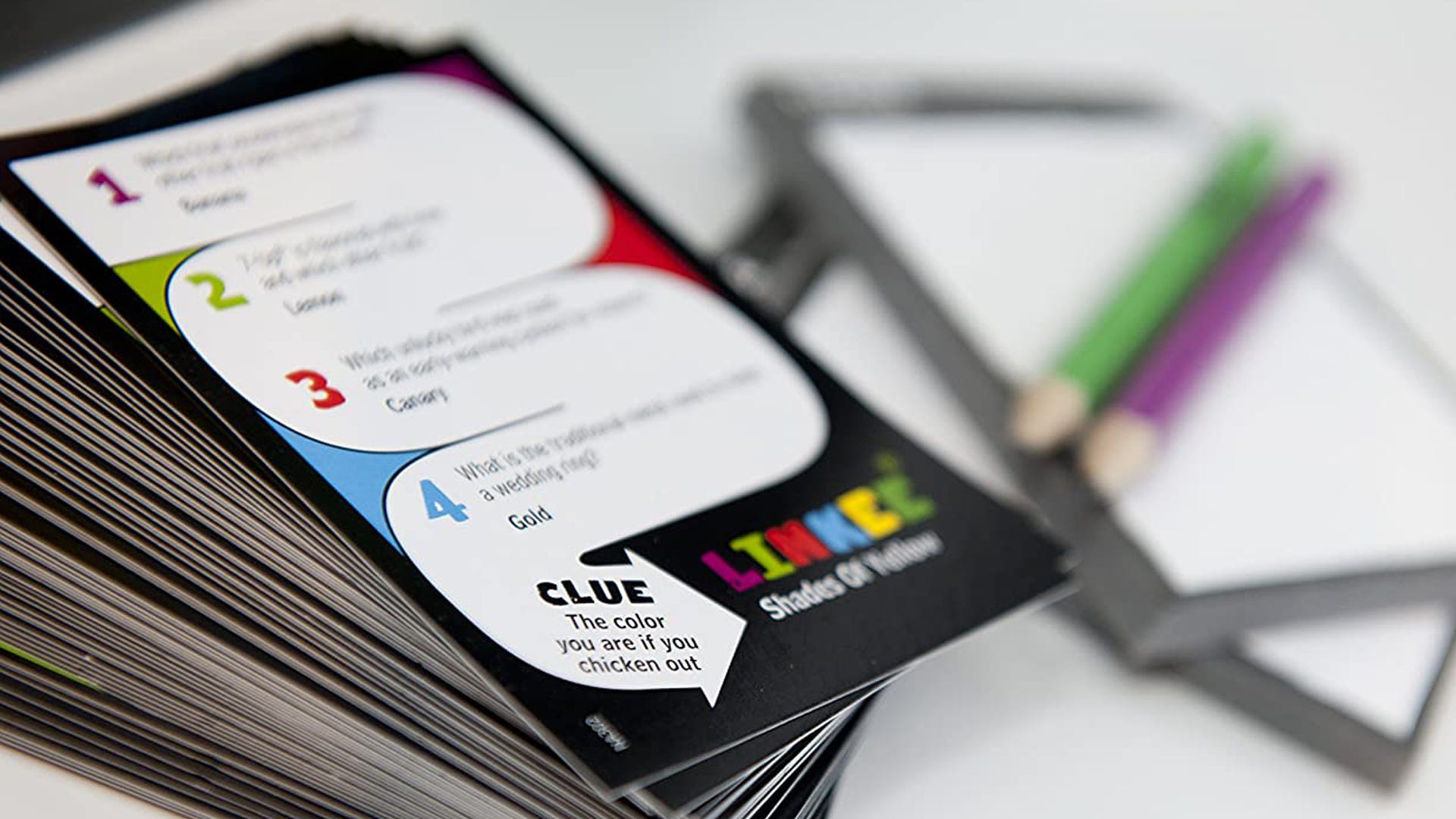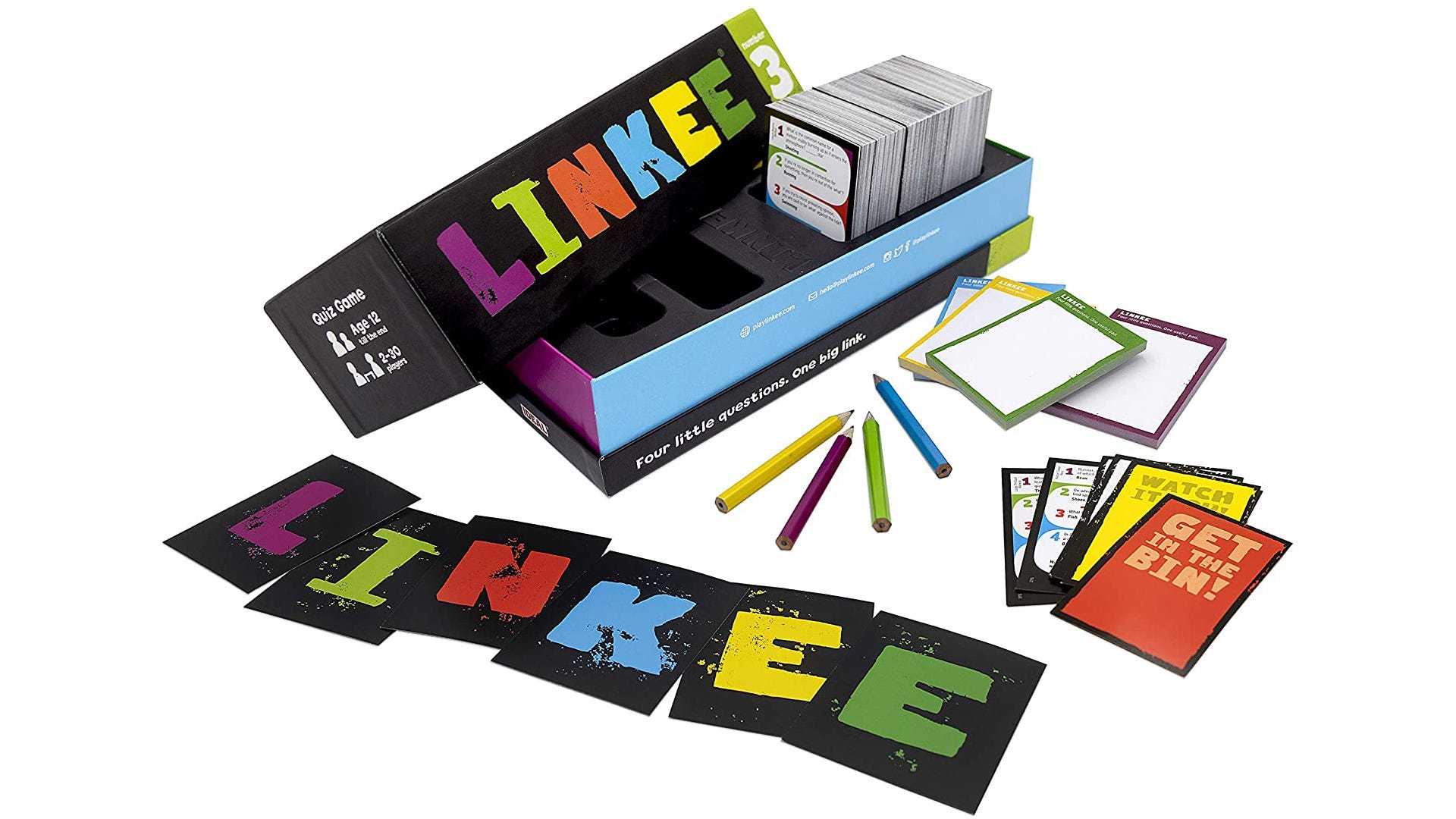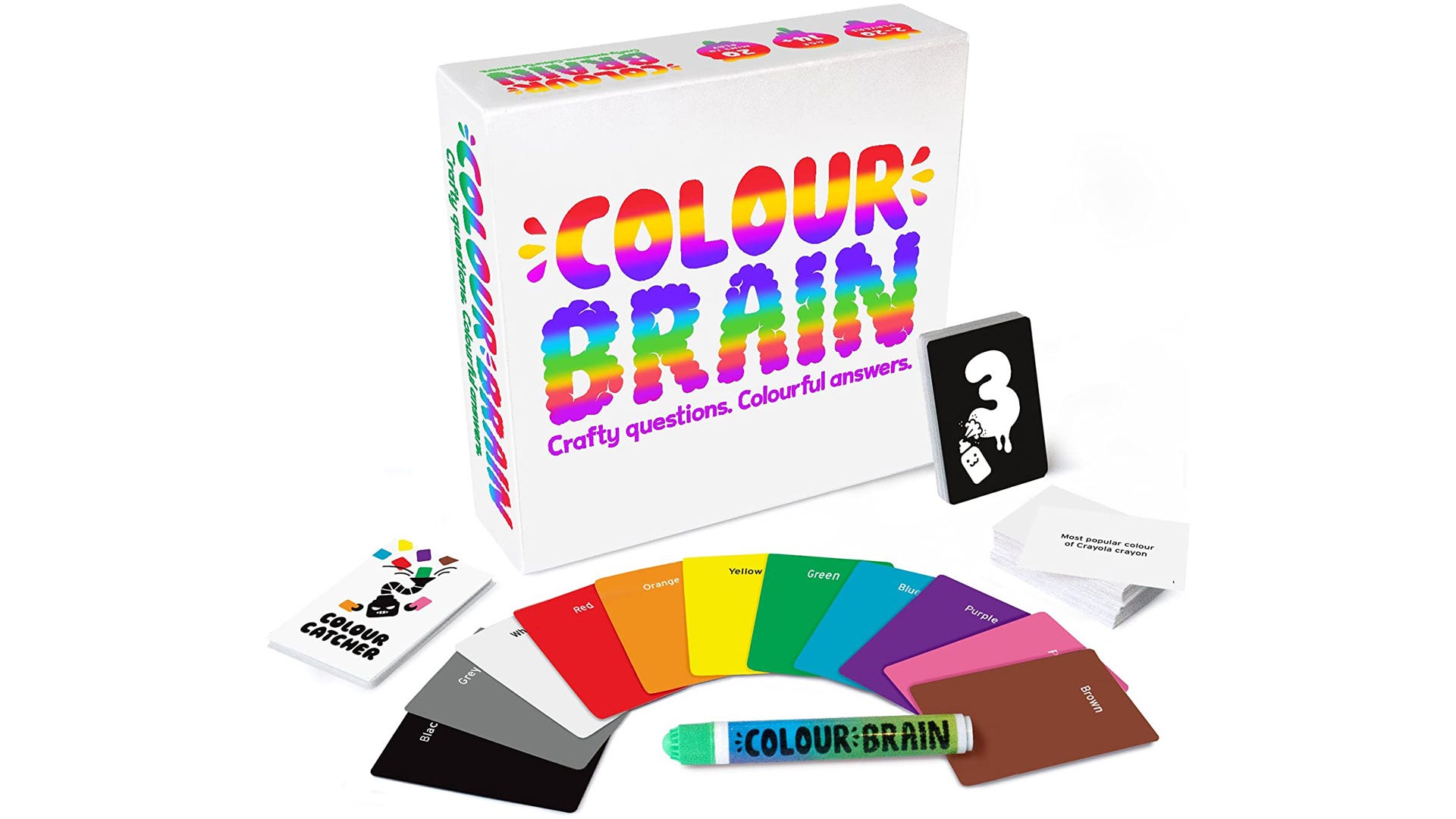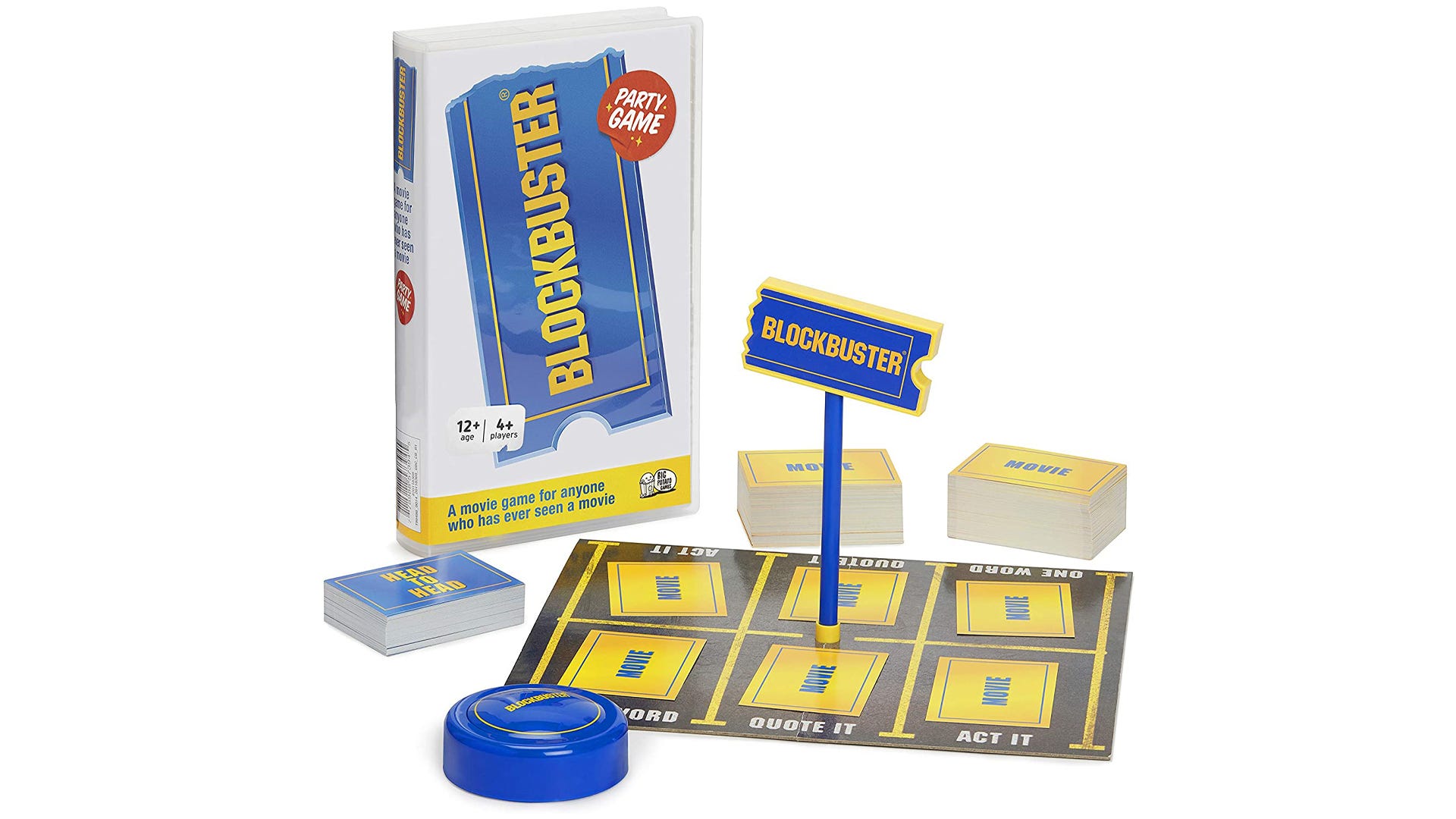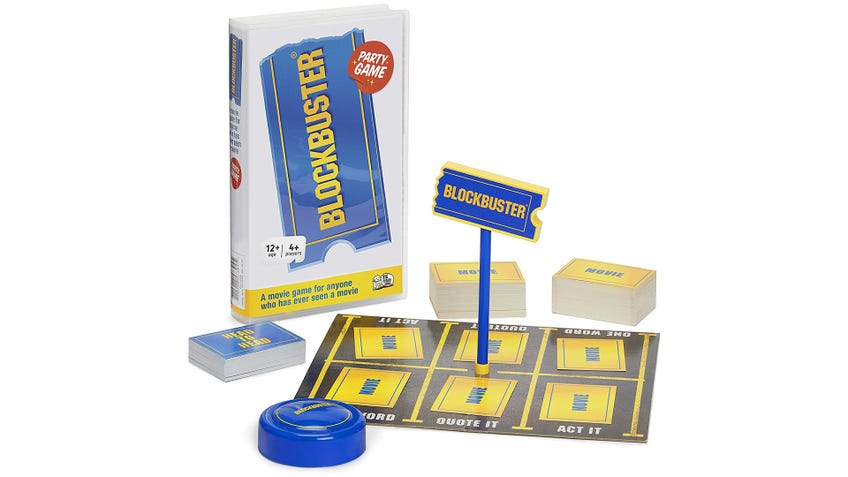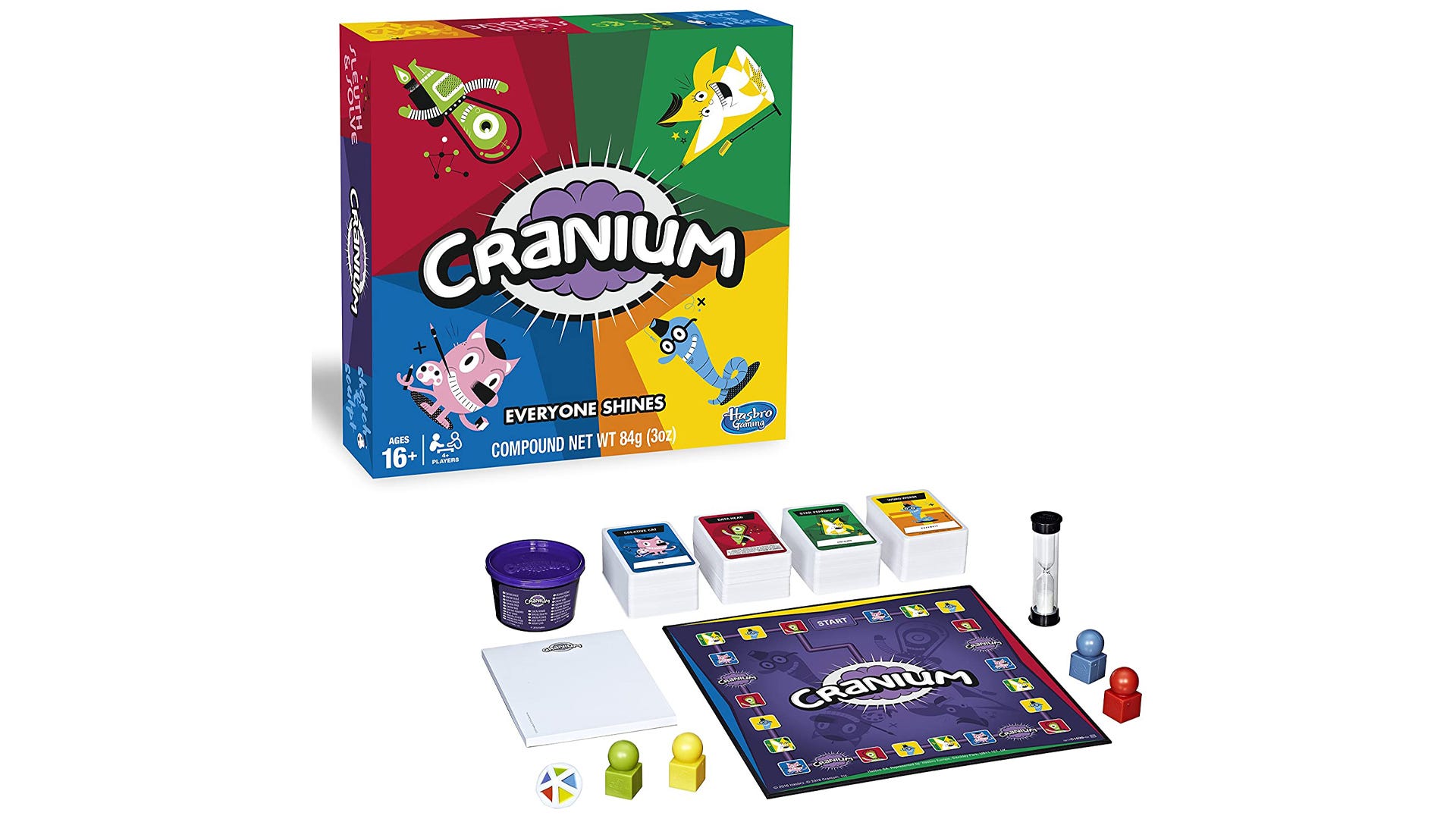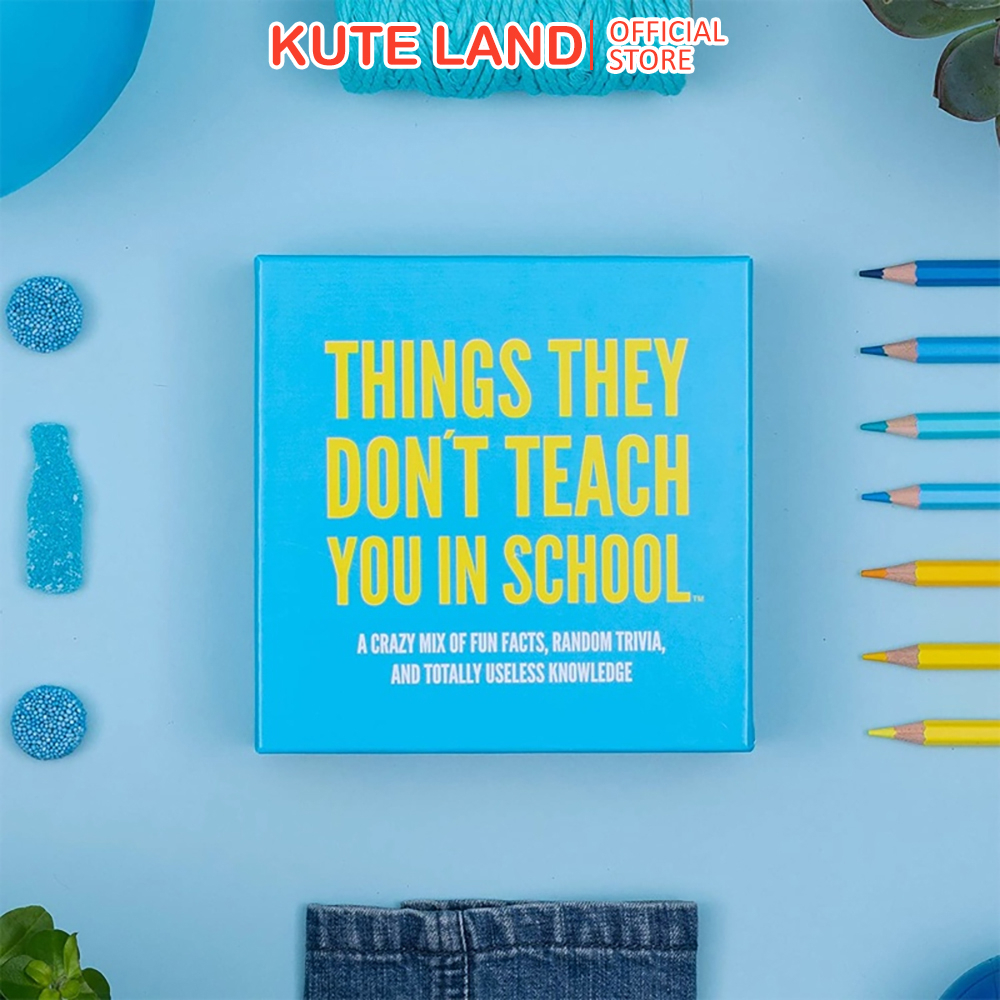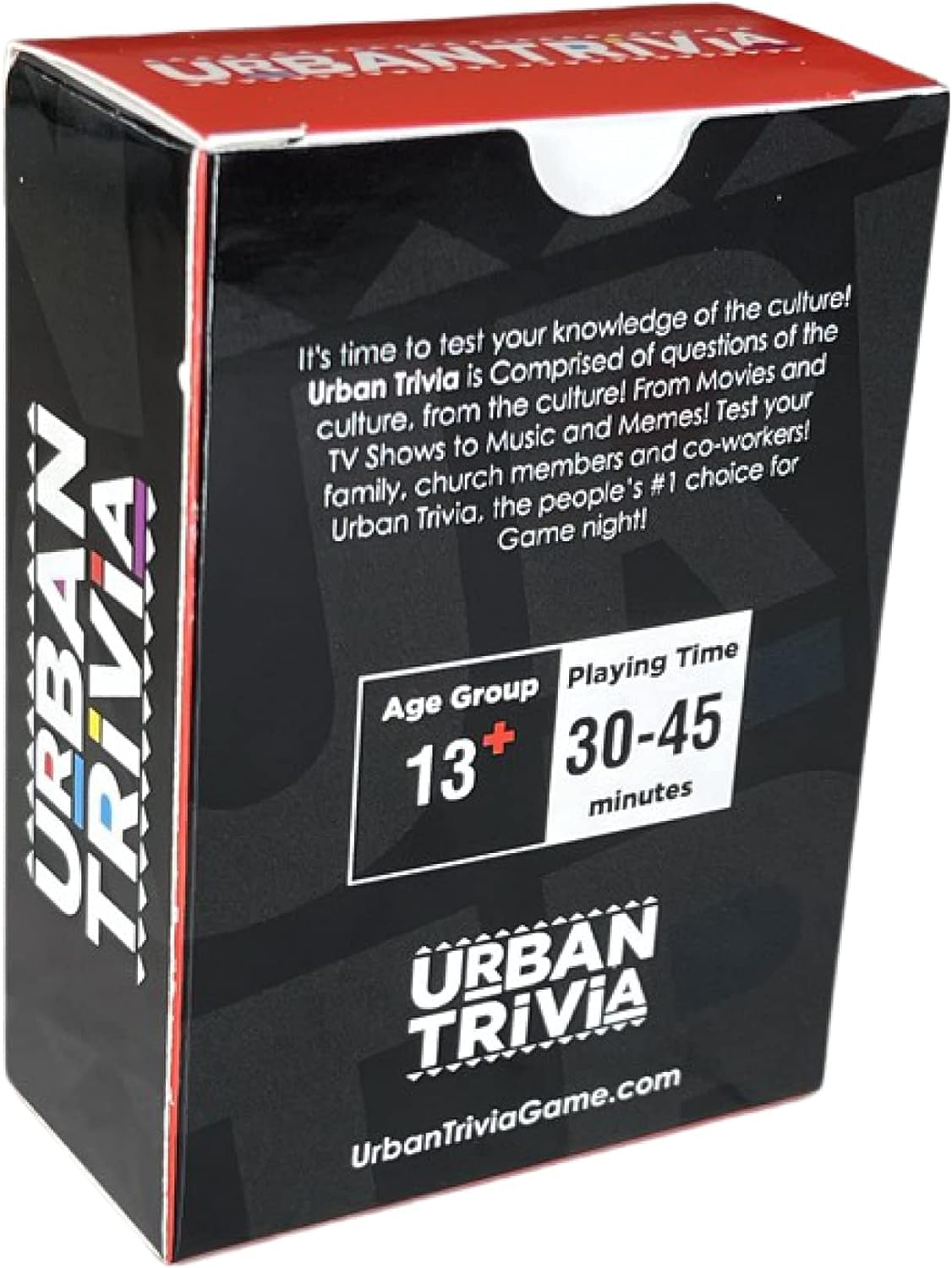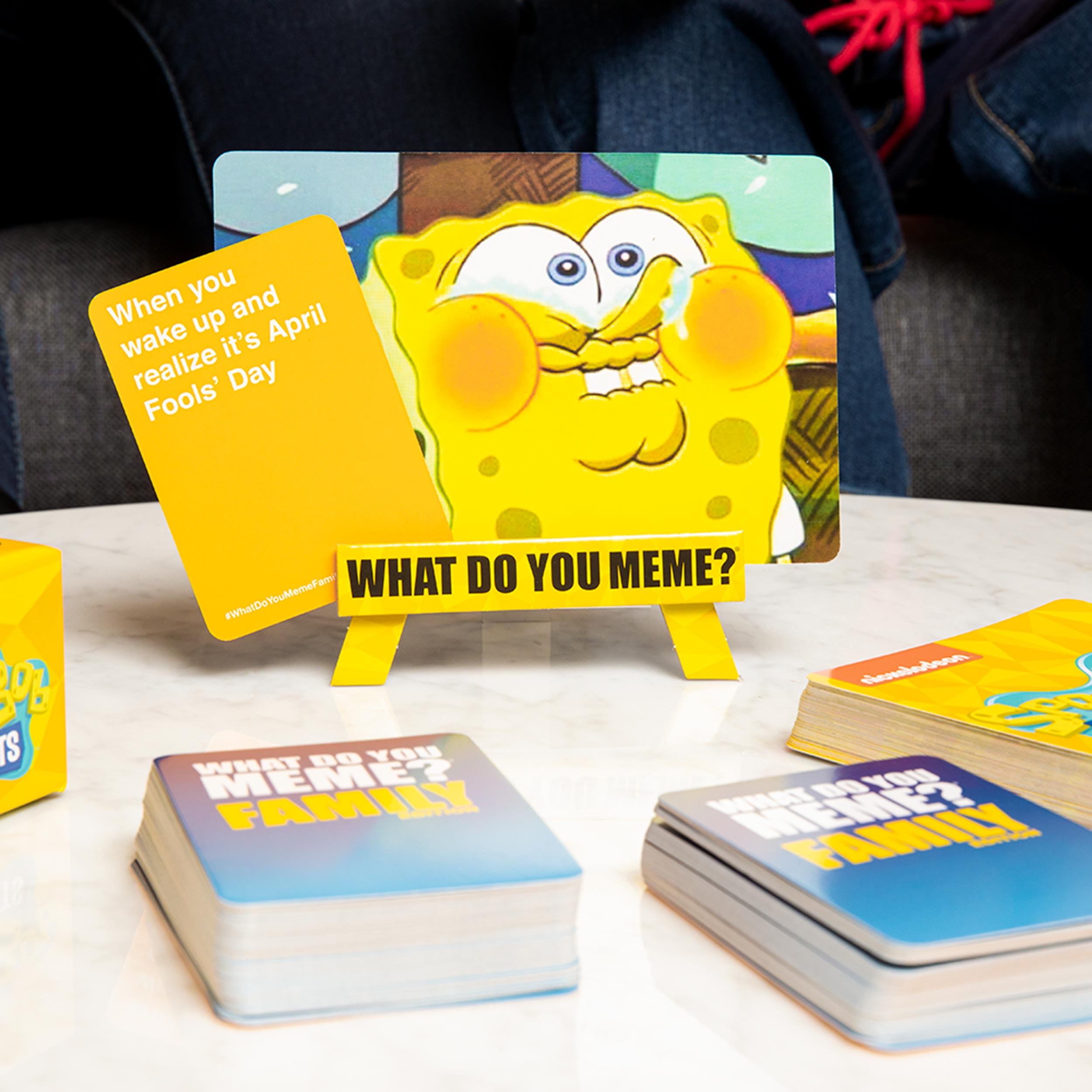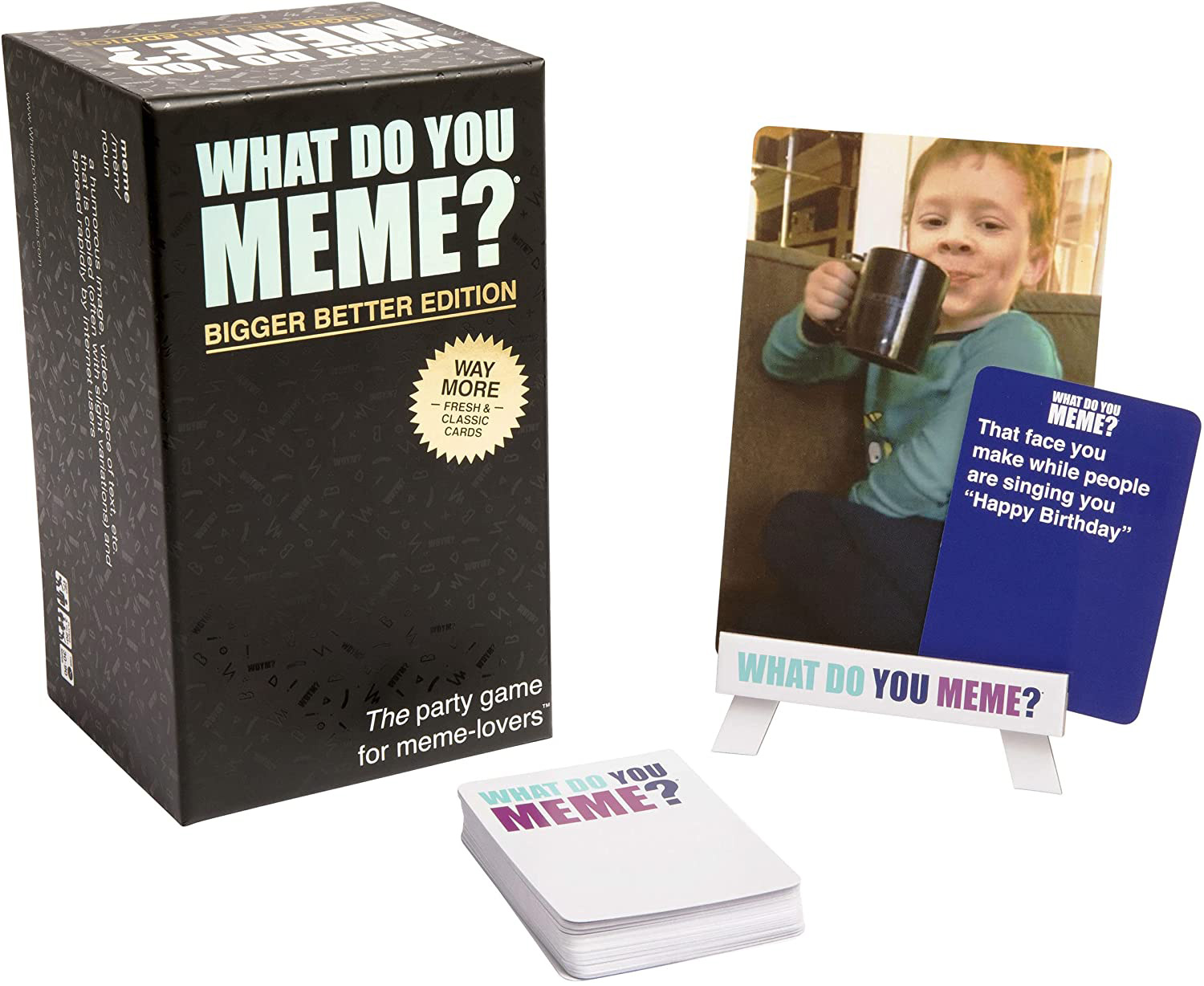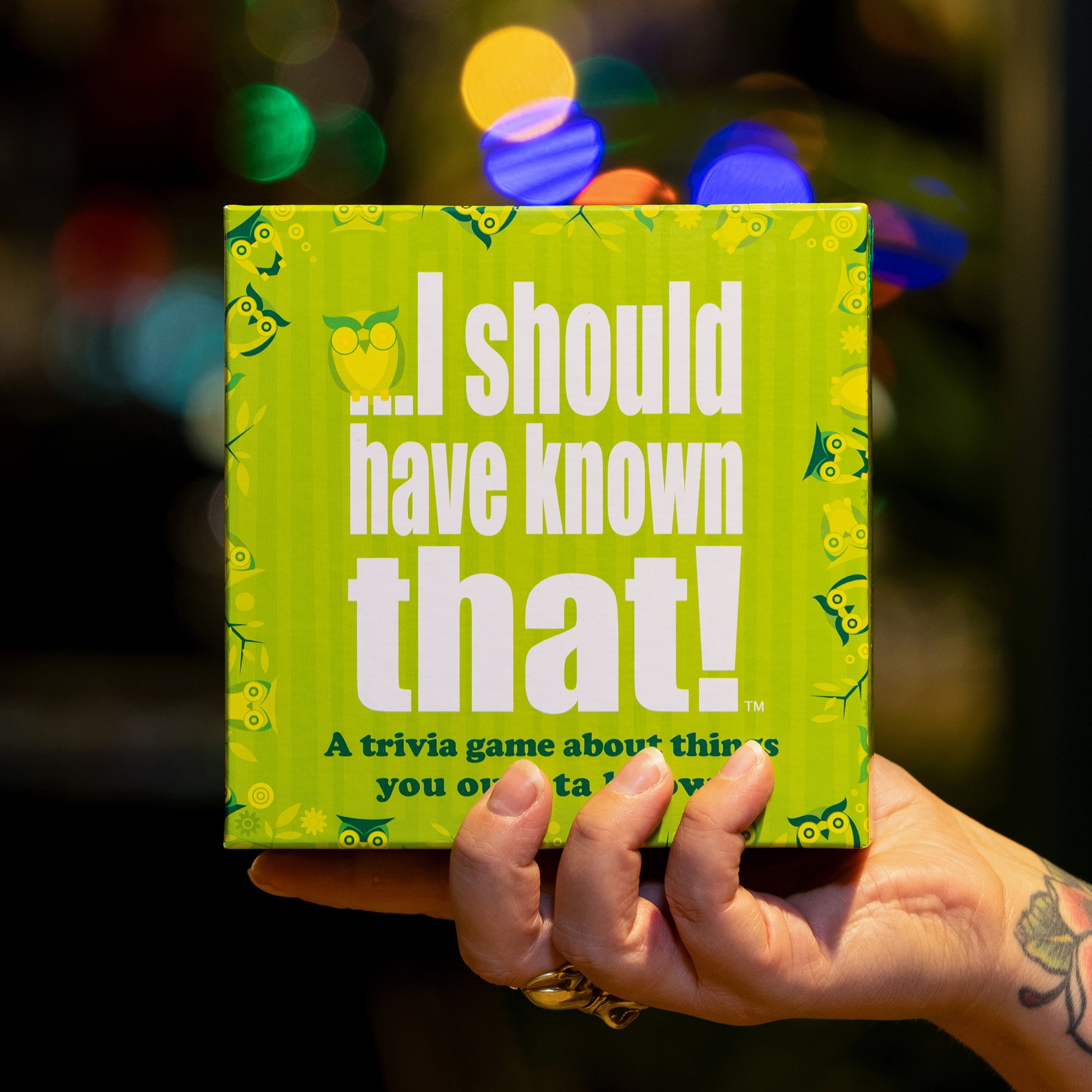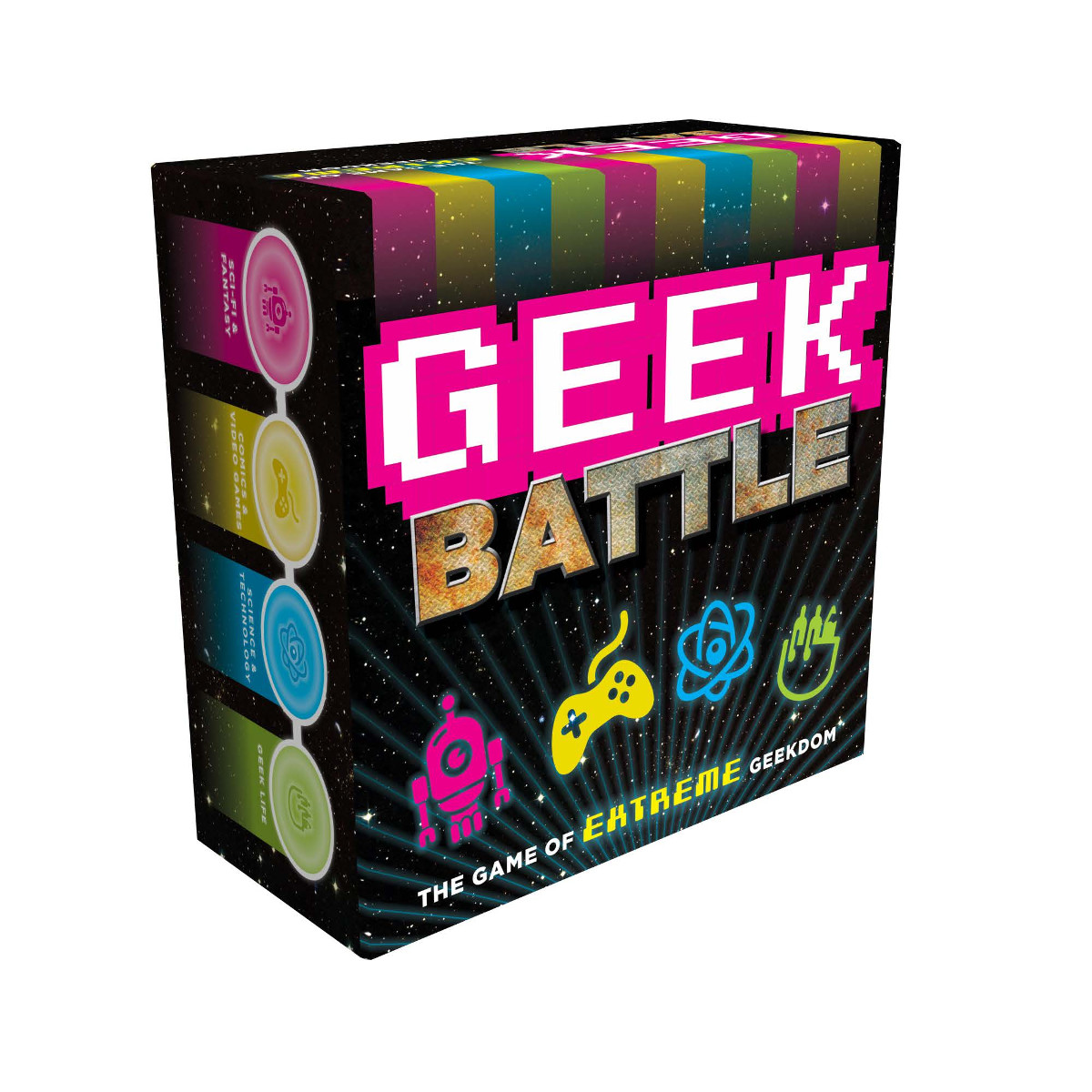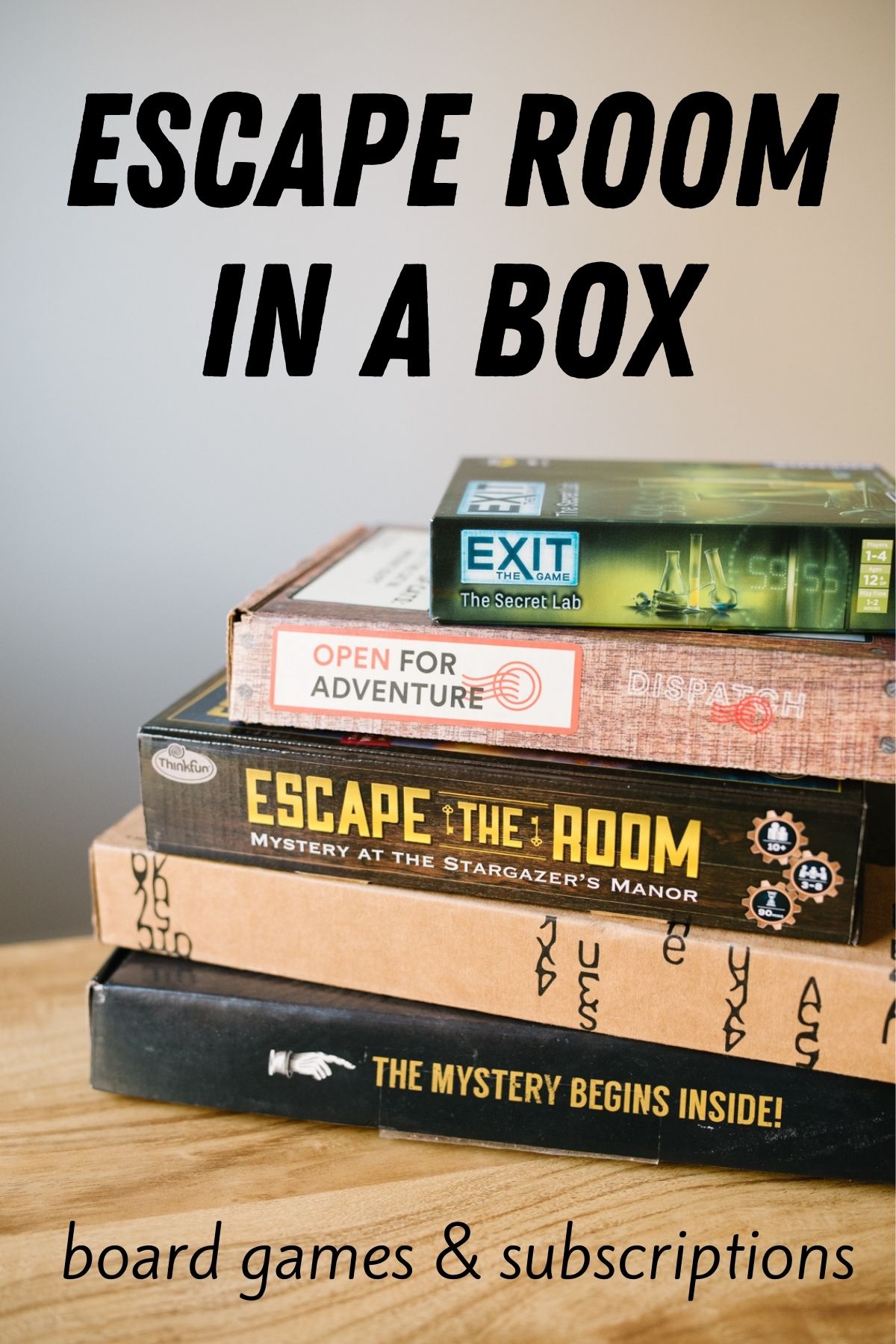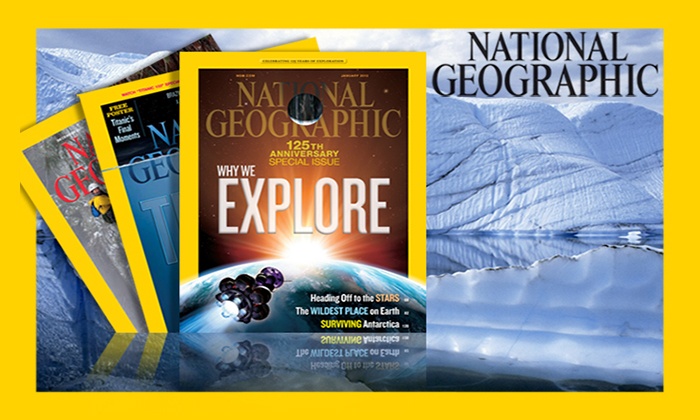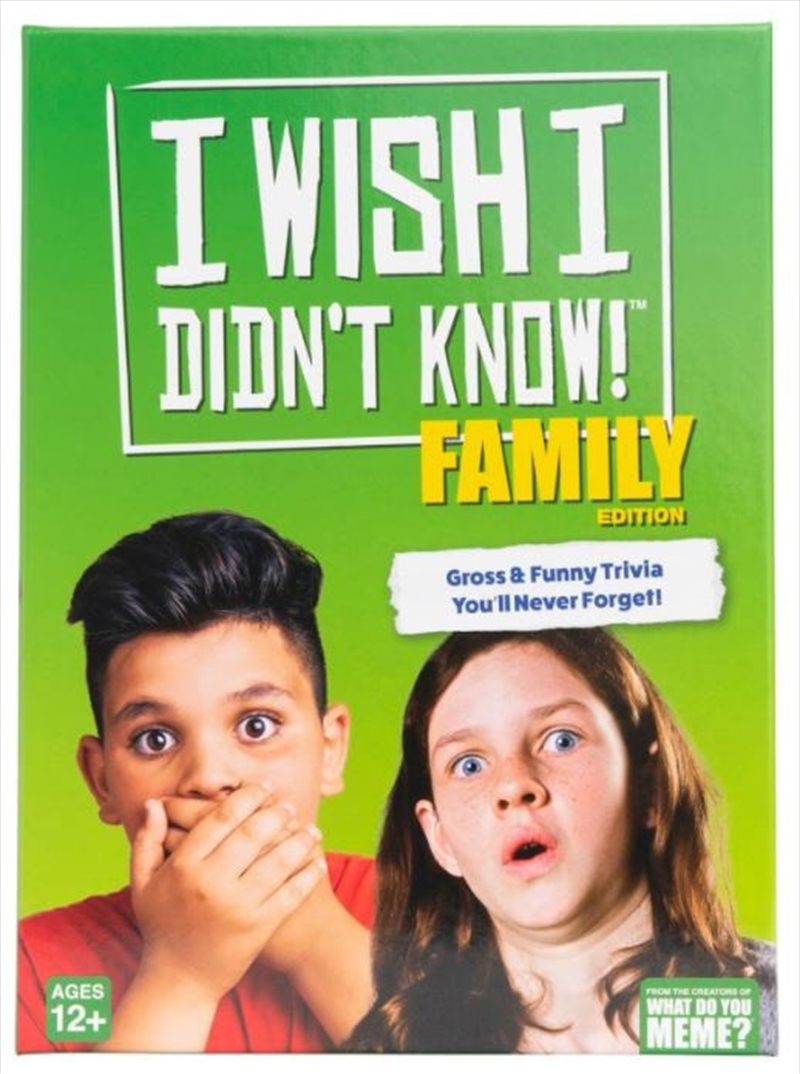Discover Pandipedia
Pandipedia is the world's first encyclopaedia of machine generated content approved by humans. You can contribute by simply searching and clicking/tapping on "Add To Pandipedia" in the answer you like. Learn More
Expand the world's knowledge as you search and help others. Go you!
Let's look at alternatives:
- Modify the query.
- Start a new thread.
- Remove sources (if manually added).
- Request a manual search from our human research team.
Comprehensive Report on Microsoft's Florence Model
Introduction
Microsoft has introduced a groundbreaking new model known as Florence, which has garnered significant attention and acclaim in the realm of computer vision technologies[2]. This report aims to delve into the reasons behind the excellence of Microsoft's Florence model, highlighting its key features, advancements, and the impact it has had on the field.
Advancements in Computer Vision Technologies

Microsoft's Florence model represents a significant leap in the field of computer vision by bridging the gap between current visual recognition capabilities and real-world application demands. The model leverages recent progress in deep learning, transfer learning, and model architecture search[2] to enhance its performance and versatility.
Key Features and Capabilities

The Florence model expands representations from coarse to fine details, covering a wide range of visual[5] content from static images to dynamic videos. It incorporates multiple modalities such as captions and depth information, enabling it to excel in various computer vision tasks[1]. Additionally, the model offers features like automatic captioning, smart cropping, background removal, and real-time alerts with responsible AI controls[3].
Training and Adaptability
One of the key strengths of the Florence model lies in its extensive training with billions of text-image pairs[3], which has enabled its seamless integration into Azure Cognitive Services for Vision[7]. This training approach has equipped the model to handle different levels of detail and semantic understanding[6], making it adaptable for a wide array of vision tasks[6].
Achievements and Performance

Microsoft's Florence model has achieved new state-of-the-art results in[1] numerous benchmarks, outperforming previous large-scale pretraining approaches[5] across various visual and visual-linguistic tasks. The model's comprehensive multitask learning objectives[6] and universal image representation[6] make it a powerful tool for advancing computer vision research and development.
Multimodal Intelligence and Vision-Language Modeling

Florence is at the forefront of building foundation models for Multimodal Intelligence[8], focusing on vision-language modeling to enhance visual and linguistic understanding. By leveraging recent progress in computer vision and natural language processing[8], the model has shown promising results in tasks like image captioning and video-language understanding.
Conclusion
In conclusion, Microsoft's Florence model stands out as a revolutionary advancement in computer vision technologies[2], offering a unified approach to tackling a wide range of vision tasks with unparalleled performance and adaptability. With its state-of-the-art capabilities, achievements in benchmarks, and groundbreaking features, the Florence model has solidified its position as a pioneering tool in the field of computer vision.
Let's look at alternatives:
- Modify the query.
- Start a new thread.
- Remove sources (if manually added).
- Request a manual search from our human research team.
Get more accurate answers with Super Search, upload files, personalised discovery feed, save searches and contribute to the PandiPedia.
Colourbrain
A family-friendly quiz game with questions about colors, where players use color cards to answer[1].

Shot in the Dark
Trivia game featuring obscure questions requiring educated guesses, perfect for conversation starters[1][3].

Wits & Wagers
Players guess numerical answers to questions, then bet on the closest guess, combining trivia knowledge with betting strategy[1][3].
Blockbuster
A team-based party trivia game focused on movies, combining buzz-and-list and acting elements[1].



Half Truth
Created by Richard Garfield and Ken Jennings, players guess multiple correct answers or try to avoid the wrong ones, keeping everyone involved[1].

Mr. Lister’s Quiz Shootout
A quick-paced game where teams answer questions, with a challenge for the first team to miss a correct answer[8].
Trivia Countdown Card Game
A game that encourages competitive trivia knowledge, making it great for family game night[9].

Trivial Pursuit
The classic trivia game with various themed editions covering an extensive range of questions[9].
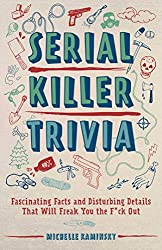
Serial Killer Trivia
A trivia book filled with fascinating and disturbing facts about serial killers, perfect for true crime fans[9].
I Drink and I Know Things Beer Glass
A humorous beer glass perfect for trivia night, stating the user's love for drinking and knowing things[9].
Things They Don’t Teach You in School… Party Trivia Game
A light-hearted trivia game filled with fun facts not typically covered in school[9].
Urban Trivia
Trivia game focused on Black culture and history, ideal for bonding over shared knowledge and experiences[10].
Hella 90’s
A pop culture trivia game centered around the 1990s, ideal for nostalgia-driven fun with friends[10].
What Do You Meme?
A game that blends trivia with humor, similar to Apples to Apples but for memes[10].
...I Should Have Known That!
A trivia game where players lose points for incorrect answers, making strategic guessing crucial[10].


The Great Book of Pub Trivia
Comprehensive trivia book filled with various questions and topics, great for quiz lovers[4].
Escape Room Game Subscription Box
Monthly puzzles for trivia and problem-solving enthusiasts, making it a perfect gift[7].
Puzzle and Quiz Books
Various themed books like the Food and Wine Lover's Puzzle, focused on trivia and challenges[4].
National Geographic Subscription
A subscription to National Geographic that offers a year of knowledge for trivia lovers[7].
I Wish I Didn’t Know
A trivia game focusing on outrageous facts for a fun and gross-out experience with friends[10].
Let's look at alternatives:
- Modify the query.
- Start a new thread.
- Remove sources (if manually added).
- Request a manual search from our human research team.
Google does not share all advertiser data. While it provides a variety of tools and information, such as conversion tracking and analytics, there are significant restrictions on what advertisers can access. For instance, Google limits insights from search query reports and does not disclose the actual calculations behind ad rank or the specific ad rank for any advertisements[2][1].
Advertisers receive some performance metrics, like predicted clickthrough rates and quality scores, relative to other advertisers, but the company maintains a balance between providing useful information and protecting user privacy[1][2].
Let's look at alternatives:
- Modify the query.
- Start a new thread.
- Remove sources (if manually added).
- Request a manual search from our human research team.

Procrastination is a common challenge that can hinder both personal and professional success. It often manifests as a cycle of delay, where tasks are postponed despite awareness of the negative consequences. Understanding the psychological and behavioral factors that contribute to procrastination is essential for developing effective strategies to overcome it.
Causes of Procrastination
Several reasons explain why individuals procrastinate. A primary cause is task aversion, where people view tasks as boring or overwhelming, leading to avoidance[3][7]. Procrastination can be a coping mechanism for managing distress related to these tasks, but it often results in increased anxiety and stress over time. The cycle begins with task avoidance, followed by short-term relief, which is then followed by heightened stress as deadlines approach, often culminating in a crisis point where urgent action becomes necessary[4][5].
Moreover, procrastination may stem from fear of failure, perfectionism, or low self-esteem. Individuals often set excessively high standards for themselves and may fear the consequences of not meeting these standards[6][9]. This fear can create significant roadblocks, leading to a tendency to delay starting or completing tasks. Additionally, distractions from the environment, such as social media and multitasking, can exacerbate procrastination tendencies[4][9].
Strategies to Overcome Procrastination

Overcoming procrastination involves recognizing its triggers and implementing practical strategies to improve focus and productivity.
1. Identify Triggers
Identifying specific triggers that lead to procrastination is an essential first step. Some tasks may seem boring, frustrating, or overwhelming. By pinpointing these feelings, you can then actively seek ways to make the task more engaging or manageable. For instance, if a task feels unstructured, creating a structured plan can help[1][2].
2. Break Tasks into Smaller Steps
Large projects can feel insurmountable, leading to procrastination. Breaking them down into smaller, more manageable tasks can make them feel less daunting. For example, if you need to write a report, you might outline the sections before starting to write, tackling one section at a time[7][10]. This method not only reduces the sense of overwhelm but also provides a feeling of accomplishment with each completed step.
3. Create a Schedule and Set Deadlines
Establishing a clear timeline for task completion helps reinforce accountability. Scheduling specific times to work on tasks and setting external deadlines can motivate you to push past the impulse to procrastinate. It's recommended to block time for focused work sessions, using techniques like the Pomodoro Technique to maintain productivity[9][5].
4. Minimize Distractions
Creating a conducive work environment is crucial. Identify your distractions and find ways to eliminate or reduce them, such as silencing phone notifications or using website blockers[4][8]. A clutter-free workspace can also enhance focus and create a sense of order, helping restore mental clarity during work periods[3].
5. Practice Mindfulness and Self-Compassion
Mindfulness practices, such as deep breathing or visualization techniques, can help center your thoughts and reduce anxiety. Cultivating self-compassion is equally important; treating yourself kindly when facing setbacks can alleviate fear and motivate action instead of shame and guilt. Rather than harshly criticizing yourself for procrastination, focus on learning from past experiences to inform your future approach[7][8][10].
6. Implement the Two-Minute Rule
A practical tip to combat procrastination is the two-minute rule: if a task takes less than two minutes to complete, do it right away. This technique prevents small tasks from accumulating and becoming overwhelming, fostering a sense of progress and productivity[9].
7. Find Accountability
Sharing your goals with someone else can provide additional motivation. Finding an accountability partner, whether a friend, colleague, or family member, can offer support and encouragement, making it harder to procrastinate on commitments. Engaging in regular check-ins about progress can help maintain focus and momentum[5][6][9].
8. Reward Yourself

Setting up a reward system can also boost motivation. Treating yourself to something enjoyable upon completing a task can create positive reinforcement, encouraging continued productivity over time[4][9].
Conclusion
Procrastination is a widespread issue that can complicate task completion and increase stress. By understanding its underlying causes and employing effective strategies, individuals can significantly reduce procrastination and improve their productivity. Techniques such as breaking tasks into smaller steps, minimizing distractions, practicing mindfulness, and holding oneself accountable can provide a solid framework for overcoming procrastination. Cultivating these habits fosters a more deliberate and focused approach to work and life, ultimately enhancing well-being and performance.
Let's look at alternatives:
- Modify the query.
- Start a new thread.
- Remove sources (if manually added).
- Request a manual search from our human research team.
The Christmas tree, a central symbol of the holiday season, has a rich and varied history that reflects cultural and religious traditions spanning centuries. Its exact origins are often debated, with numerous claims and legends suggesting different roots.
Early Usage of Evergreens
The practice of using evergreens in winter celebrations can be traced back to ancient civilizations. Evergreens were symbolic of life amidst winter's cold and were utilized in various pagan rituals, notably during the Roman festival of Saturnalia, which honored the god Saturn. During this time, greenery was hung in homes in hopes of good fortune and protection from evil, a practice seen in various cultures, including those of ancient Egypt and Scandinavia[1][10].
Christian Connections

The transition from pagan to Christian traditions is exemplified by the tale of Saint Boniface in the 8th century. According to legend, while evangelizing in Germany, he encountered pagans who worshipped a sacred oak tree. To demonstrate the power of Christianity, he cut down the oak, and a fir tree grew in its place, symbolizing eternal life and the Holy Trinity due to its triangular shape. This story, while compelling, lacks definitive historical evidence but is often cited as a precursor to the Christmas tree tradition[3][6].
The First Christmas Trees
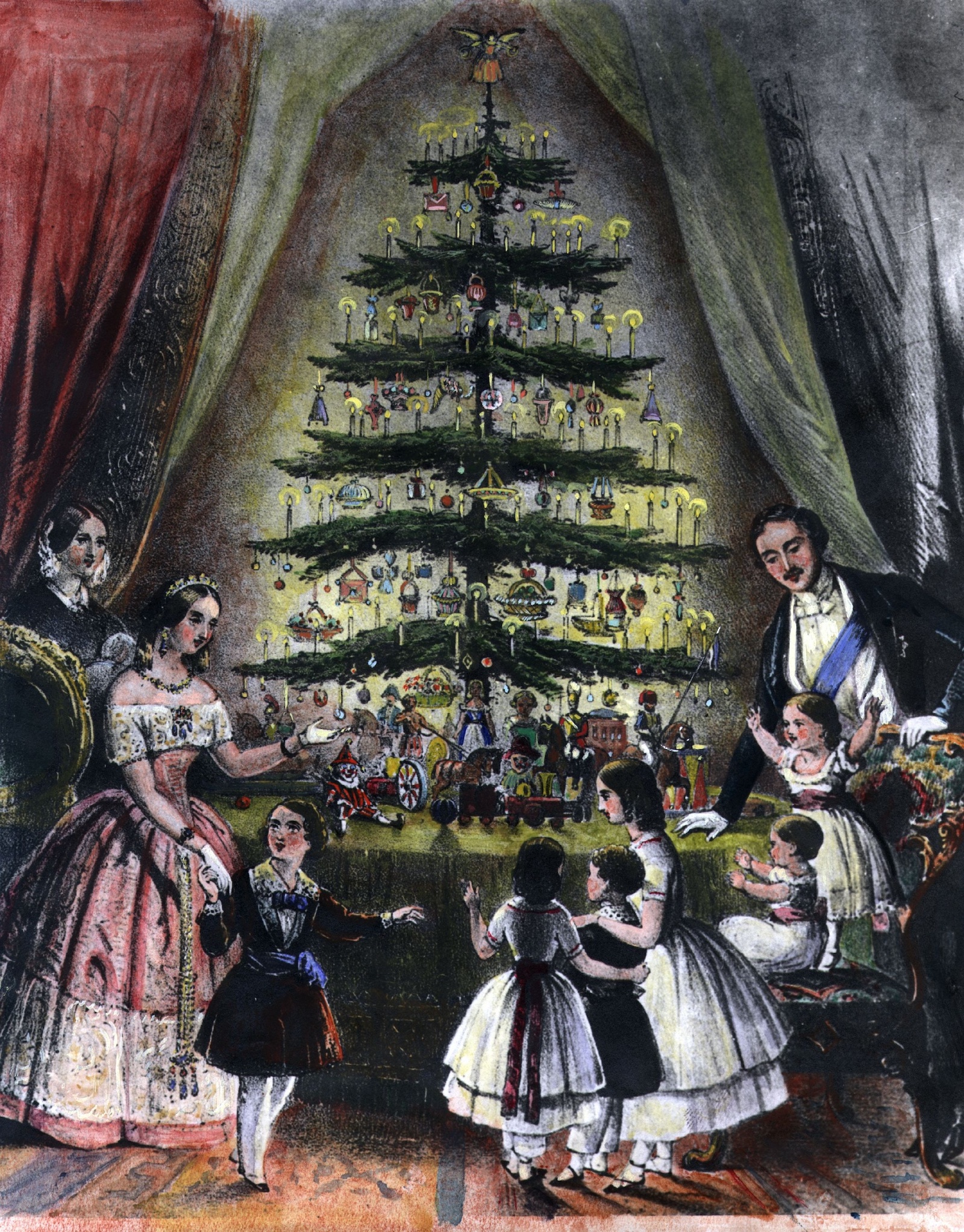
The first documented use of a decorated Christmas tree occurred in 1419 in Freiburg, Germany, where a guild reportedly decorated a tree with apples and sweets[11]. By the 16th century, evidence of decorated trees became more common. Records indicate that by 1605, trees were adorned with roses, apples, and other embellishments in Strasbourg, Alsace[3][5][10]. This period marks the emergence of what we recognize as the modern Christmas tree.
Contrary to popular belief that Martin Luther was the first to adorn a tree with candles, the specific origins of tree decoration are more complex. Luther is credited with inspiring this practice during a winter stroll illuminated by starlight in the 16th century, leading him to recreate the scene with a candle-lit tree for his family[2][10].
Influence of Royalty

The introduction of the Christmas tree to England is often attributed to Queen Charlotte, the German wife of King George III, who set up a Christmas tree in Windsor in December 1800. She decorated it with fruit and candles during a Christmas gathering, creating a festive spectacle for children[2][9]. However, it was her grandson, Prince Albert, along with Queen Victoria, who popularized the Christmas tree in the UK during the mid-19th century. In 1848, an illustration depicting the royal family around a decorated tree appeared in the Illustrated London News, which sparked widespread fascination and imitation across British society[6][9][10].
The Tradition Spreads to America

German immigrants played a vital role in introducing the Christmas tree tradition to the United States. The first recorded Christmas tree in America was reportedly in 1777 in Windsor Locks, Connecticut, set up by a Hessian soldier during the Revolutionary War[3][11]. However, Christmas trees were initially met with skepticism, particularly from Puritan communities that viewed them as pagan symbols. By the mid-19th century, the tradition gained acceptance, bolstered by publications like Godey’s Lady's Book, which featured images of Victorian families celebrating around ornate trees[4][5].
The Modern Christmas Tree

With the emergence of electric lights in the 19th century, the decoration of Christmas trees transformed dramatically. The first electrically illuminated tree is attributed to Edward H. Johnson in New York City in 1882[4][9]. As more households embraced the decorations, the Christmas tree evolved into a prominent symbol of the holiday, adorned with a variety of ornaments, from homemade decorations to the elaborately crafted glass baubles that became popular in the late 19th century[5][8].
Today, the Christmas tree stands as a global icon, celebrated in homes across many cultures. While real trees remain a favorite, artificial versions have gained significant popularity, especially in regions where fresh trees are hard to procure. The debate around the environmental impact of both real and artificial trees continues, reflecting wider concerns about sustainability and cultural heritage[4][10].
Conclusion
The exact origins of the Christmas tree tradition may remain shrouded in mystery, with various cultures and stories intertwining to create the festive symbol we know today. From its pagan roots to its establishment as a cherished household adornment during Christmas, the Christmas tree has undergone significant transformations, influenced by religious practices, royal endorsements, and emerging technologies. Ultimately, its enduring presence signifies the universal themes of joy, hope, and renewal as families come together to celebrate the holiday season.
Let's look at alternatives:
- Modify the query.
- Start a new thread.
- Remove sources (if manually added).
- Request a manual search from our human research team.
Get more accurate answers with Super Search, upload files, personalised discovery feed, save searches and contribute to the PandiPedia.

Existentialism is a philosophical inquiry that focuses on the existence of the individual and asserts that individuals must embrace responsibility for their actions and strive to lead authentic lives, despite the universe's inherent absurdity or incomprehensibility. It examines concepts like meaning, purpose, value, existential crises, angst, courage, and freedom[1].
The term 'existentialism' was coined by the French philosopher Gabriel Marcel in the mid-1940s, and the movement includes contributions from notable thinkers such as Søren Kierkegaard, Friedrich Nietzsche, Jean-Paul Sartre, and Albert Camus[1]. A central tenet of existentialism is the idea that 'existence precedes essence,' implying that individuals define themselves through their actions and choices rather than through predetermined categories or essences[1].
Existentialism emphasizes personal freedom, individual responsibility, and deliberate choice as crucial to self-discovery and finding meaning in life[1]. It rejects traditional systematic philosophies as too abstract, advocating instead for authenticity and concrete human experience[1]. Notably, existentialist themes also explore the absurdity of existence and the struggle to find meaning in a seemingly indifferent universe, as illustrated by works involving the experiences of individuals facing their own freedom and the consequences of their choices[1].
Let's look at alternatives:
- Modify the query.
- Start a new thread.
- Remove sources (if manually added).
- Request a manual search from our human research team.
Introduction to Variational Lossy Autoencoders
Variational autoencoders (VAEs) are a powerful class of generative models that are designed to learn representations of data in a way that is amenable to downstream tasks like classification. However, the introduction of a new method called Variational Lossy Autoencoder (VLAE) offers a novel perspective by leveraging the concept of lossy encoding to improve representation learning and density estimation.
What is a Variational Lossy Autoencoder?
The core idea behind a VLAE is to combine the strengths of variational inference with the lossy encoding properties of certain types of autoencoders. In essence, traditional VAEs aim to reconstruct data as accurately as possible, often leading to overly complex representations that capture noise rather than relevant features. In contrast, VLAEs intentionally embrace a lossy approach, aiming to retain the essential structure of the data while discarding unnecessary details. This is particularly useful when considering high-dimensional data, such as images, where the goal is not always precise reconstruction but rather capturing the most relevant information[1].
Representation Learning and Density Estimation
VLAEs facilitate representation learning by focusing on the components of the data that are most salient for downstream tasks. For instance, a good representation can be essential for image classification, where capturing the overall shape and visual structure is often more important than faithfully reconstructing each pixel[1].
The authors propose a method that integrates autoregressive models with VAEs, enhancing generative modeling performance. By explicitly controlling what information is retained or discarded, VLAEs can potentially achieve better performance on various tasks compared to traditional VAEs, which tend to preserve too much data[1].
Mechanism of Variational Lossy Autoencoders
In a typical VLAE setup, the model incorporates a global latent code along with an autogressive decoder which models the conditional distribution of the data[1]. This approach helps in efficiently utilizing the latent variable framework. The authors note that previous applications of VAEs often neglected the latent variables, which led to suboptimal representations. By using a simple yet effective decoding strategy, VLAEs can ensure that learned representations are both efficient and informative, striking a balance between accuracy and complexity[1].
Technical Background
The architecture of a VLAE generally builds upon traditional VAE models but introduces innovations to address the shortcomings of standard approaches. For example, the model can be structured to ensure that certain aspects of information are retained while others are discarded, facilitating a better understanding of how to learn from data without overfitting to noise. The VLAE also leverages sophisticated statistical techniques to optimize its variational inference mechanism, making it a versatile tool in the generative modeling arsenal[1].
Results and Application

Experimental results from applying VLAEs to datasets like MNIST and CIFAR-10 demonstrate promising outcomes. For instance, when employing VLAEs on binarized MNIST, the model outperformed conventional VAEs by using an AF prior instead of the IAF posterior, highlighting its ability to learn nuanced representations without losing critical information. The authors present statistical evidence showing that VLAEs achieve state-of-the-art results across various benchmarks[1].
Lossy Compression Demonstrated
The authors emphasize the effectiveness of VLAEs in compression tasks. By focusing on lossy representations, the VLAE is capable of generating high-quality reconstructions that retain meaningful features while disregarding less relevant data. In experiments, the lossy codes generated by VLAEs were shown to maintain consistency with the original data structure, suggesting that even in a lossy context, useful information can still be preserved[1].
Comparison with Traditional VAEs
A notable distinction between VLAEs and traditional VAEs lies in their approach to latent variables. In traditional VAEs, the latent space is usually optimized for exact reconstruction. In contrast, VLAEs allow for a more flexible interpretation of the latent variables, encouraging the model to adaptively determine the importance of certain features based on the task at hand, rather than strictly interpreting all latent codes as equally important[1].
This flexibility in VLAEs not only enhances their performance for specific tasks like classification but also improves their capabilities in more general applications, such as anomaly detection and generative art, where the preservation of structural integrity is crucial[1].
Conclusion
Variational Lossy Autoencoders represent a significant advancement in the field of generative modeling. By prioritizing the learning of structured representations and embracing lossy encoding, VLAEs provide a promising pathway for improved performance in various machine learning tasks. The integration of autoregressive models with traditional VAEs not only refines the representation learning process but also enhances density estimation capabilities. As models continue to evolve, VLAEs stand out as a compelling option for researchers and practitioners looking to leverage the strengths of variational inference in practical applications[1].
Let's look at alternatives:
- Modify the query.
- Start a new thread.
- Remove sources (if manually added).
- Request a manual search from our human research team.
Lake Natron
Known as the deadliest lake on earth, with caustic waters that can burn skin and preserve animals that fall in, home to flocks of lesser flamingos[1][4].
Salar de Uyuni
The world's largest salt flat that transforms into a stunning mirror during the rainy season, creating a surreal landscape that perfectly reflects the sky[4][6].
Cappadocia
A region in Turkey famous for its fairy chimneys and unique rock formations, offering a landscape that feels like something out of a fairytale[4][5].
Antelope Canyon
A slot canyon in Arizona, known for its narrow passageways and stunningly colored sandstone walls illuminated by shafts of light[4][6].
Lençóis Maranhenses
A national park in Brazil with vast sand dunes interspersed with crystal-clear lagoons that fill during the rainy season, creating a stunning visual panorama[4][6].

Blood Falls
A waterfall in Antarctica that pours a crimson hue due to iron-rich water oxidizing and rusting upon exposure to air[2].

Great Blue Hole
A massive marine sinkhole off the coast of Belize, noted for its crystal-clear waters and vibrant marine life[2].
Chocolate Hills
A geological formation in the Philippines consisting of over a thousand mounds that turn brown in the dry season, appearing man-made[1][5].

The White Desert
Egypt's spectacular desert landscape filled with confounding rock formations and calcified limestone[1][5].

Geirangerfjord
A stunning fjord in Norway, surrounded by towering cliffs and adorned with waterfalls, offering mesmerizing views[3].
Mount Roraima
A flat-topped mountain at the border of Venezuela, Brazil, and Guyana, known for its dramatic cliffs and surreal landscapes[4].

Devil’s Bridge
A stunning parabolic bridge in Germany, known for its perfect circular reflection in the water below, believed to have supernatural origins[2].

The Bermuda Triangle
A notorious area in the Atlantic Ocean associated with numerous mysterious disappearances of ships and planes[2].

Eternal Flame Falls
A waterfall in New York that features a natural flame fueled by escaping natural gas, creating a magical effect[2].

Fairy Circles
Mysterious circular patches of soil surrounded by grass in Namibia, thought to be produced by plants competing for water[2].

Moeraki Boulders
Enigmatic spherical boulders on a New Zealand beach, believed in Maori legend to be gourds washed ashore from a mythical shipwreck[2].
Let's look at alternatives:
- Modify the query.
- Start a new thread.
- Remove sources (if manually added).
- Request a manual search from our human research team.

Gemini 2.5 models build on the success of Gemini 1.5 in processing long-context queries[1]. New modeling advances allow Gemini 2.5 Pro to surpass the performance of Gemini 1.5 Pro in processing long context input sequences of up to 1M tokens[1].
Both Gemini 2.5 Pro and Gemini 2.5 Flash can process long-form text, whole codebases, and long form audio and video data[1]. Modeling and data advances helped improve the quality of the million-length context[1].
Let's look at alternatives:
- Modify the query.
- Start a new thread.
- Remove sources (if manually added).
- Request a manual search from our human research team.

